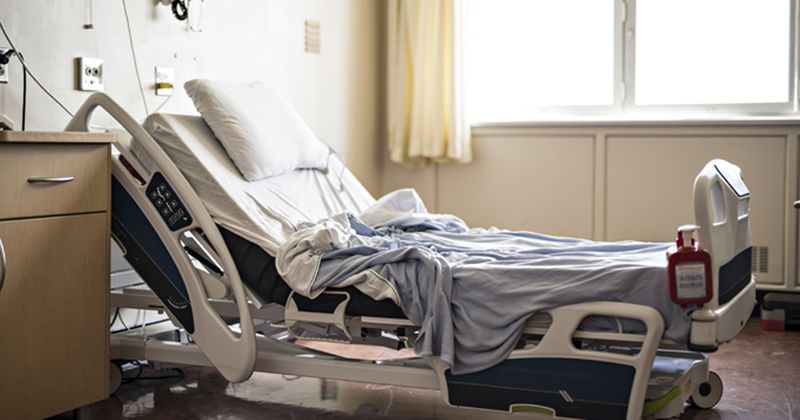Discontinuing contact precautions for MRSA, VRE did not increase HAI rates, study finds
Discontinuing contact precautions for MRSA and vancomycin-resistant Enterococcus did not lead to an increase in hospital-associated infections in a Pennsylvania hospital system, according to a study.

“Although MRSA and VRE contact precautions are common in U.S. hospitals, some hospitals have been reconsidering the use given potential patients harms, such as fewer health care worker visits, potential increases in anxiety and depression, and noninfectious adverse events,” Elise M. Martin, MD, MS, associate medical director of infection prevention and hospital epidemiology and a physician in the division of infectious diseases at the University of Pittsburgh Medical Center (UPMC) Presbyterian hospital, told Healio.

According to Martin, several papers have shown that contact precautions for MRSA and VRE can be removed with good horizontal infection prevention measures without an increase in health care-associated infections (HAIs), but there are limited data on whether it is safe to do so in more diverse settings, such as community hospitals or hospitals with higher rates of semiprivate rooms. Data on which infection prevention practices are necessary to be successful are also limited.
For the study, Martin and colleagues discontinued contact precautions for MRSA and VRE at 12 hospitals in the UPMC health system and continued them at three others. They collected and analyzed rates of MRSA and VRE HAI for 12 months before and after the changes.
Overall, the study demonstrated that aggregated HAI rates from intervention hospitals before and after discontinuation of contact precautions were 0.14 and 0.15 MRSA HAI per 1,000 patient days (P = .74), 0.05 and 0.05 VRE HAI per 1,000 patient days (P = .96) and 0.04 and 0.04 MRSA laboratory-identified events per 100 admissions (P = .57), with no statistically significant rate changes between hospitals that discontinued or continued precautions.
“It is possible to safely discontinue contact precautions for MRSA and VRE in nonoutbreak settings in diverse hospitals. All of our successful hospitals had low baseline rates of MRSA and VRE HAI, and high hand hygiene compliance,” Martin said. “If your hospital is interested in removing contact precautions for MRSA and VRE, ensure that MRSA and VRE rates are low and that hand hygiene compliance is very high prior to considering removing contact precautions.”
